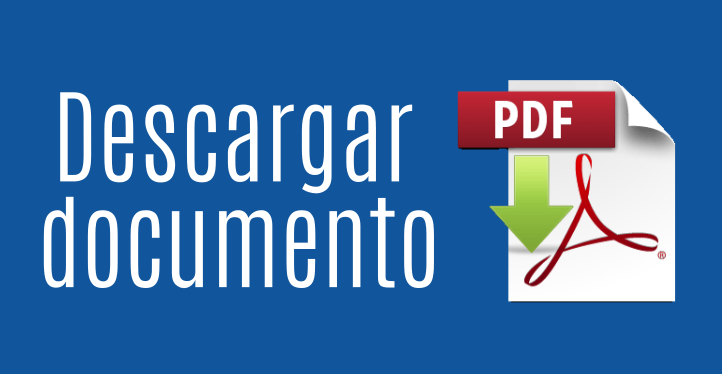
Parotid neurofibroma.
An Orl Mex. 2021; 66 (4): 372-379. https://doi.org/10.24245/aorl.v66i4.5808
Sara del Carmen Laguna-Bárcenas,1 Andrea Valdelamar-Dehesa,1 Edna Carrillo-Pacheco,2 Raul Pichardo-Bahena3
1 Médico residente del servicio de Otorrinolaringología y Cirugía de Cabeza y Cuello.
2 Médico adscrito al servicio de Otorrinolaringología y Cirugía de Cabeza y Cuello.
3 Jefe del Servicio de Anatomía Patológica.
Instituto Nacional de Rehabilitación Luis Guillermo Ibarra Ibarra, Ciudad de México.
Resumen
ANTECEDENTES: La neurofibromatosis tipo 1 es una enfermedad hereditaria de tipo autosómica dominante que afecta a múltiples sistemas con diversas manifestaciones, desde neurológicas, vasculares y dermatológicas, entre las que están los neurofibromas. Los neurofibromas son tumores benignos de los que existen varios tipos. Pueden tener diferentes localizaciones, incluida la región facial y parotídea, que pueden ser motivo de consulta con el médico otorrinolaringólogo. La diferenciación de los subtipos en pacientes con múltiples neurofibromas es importante ya que además del efecto estético, pueden tener otro tipo de déficits y manifestaciones según el sitio de localización y la afección de estructuras vecinas. Existe controversia en cuanto a su tratamiento y el mejor momento para realizarlo; sin embargo, es importate distinguir entre los diferentes subtipos histológicos por sus particularidades para determinar el mejor tratamiento y seguimiento en los pacientes con neurofibromatosis tipo 1.
CASO CLÍNICO: Paciente femenina de 31 años de edad que padecía un neurofibroma difuso en la región parotídea derecha.
CONCLUSIONES: Distinguir el subtipo de neurofibroma en pacientes con NF1 es de suma importancia, ya que determinará la mejor opción de tratamiento y, si es necesario, tener un seguimiento estrecho de la evolución en caso de sospechar un neurofibroma plexiforme.
PALABRAS CLAVE: Neurofibroma; glándula parótida; neurofibromatosis tipo 1.
Abstract
BACKGROUND: Neurofibromatosis type 1 is an autosomal dominant hereditary disease that affects multiple systems presenting various manifestations: neurological, vascular and dermatological, within which are neurofibromas. Neurofibromas are benign tumors and there are several types. They can appear in different locations; including the facial and parotid region, which may be a reason for consultation with the ENT doctor. The differentiation between the subtypes in patients with multiple neurofibromas is important because, in addition to the aesthetic impact, they may present with other types of deficits and manifestations depending on their location and the involvement of surrounding structures. There is controversy regarding its treatment, and the best time to perform it; however, it is important distinguishing among the different histological subtypes, due to their particularities, to determine the best treatment and follow-up in patients with type 1 neurofibromatosis.
CLINICAL CASE: A 31-year old female patient with a parotid right plexiform neurofibroma.
CONCLUSIONS: Distinguishing the neurofibroma subtype in patients with NF1 is of utmost importance, as it will determine the best treatment option and, if necessary, have a close follow-up of the evolution if a plexiform neurofibroma is suspected.
KEYWORDS: Neurofibroma; Parotid gland; Neurofibromatosis type 1.
Recibido: 3 de junio 2021
Aceptado: 9 de noviembre 2021
Este artículo debe citarse como: Laguna-Bárcenas SC, Valdelamar-Dehesa A, Carrillo-Pacheco E, Pichardo-Bahena R. Neurofibroma parotídeo. An Orl Mex. 2021; 66 (4): 372-379.

